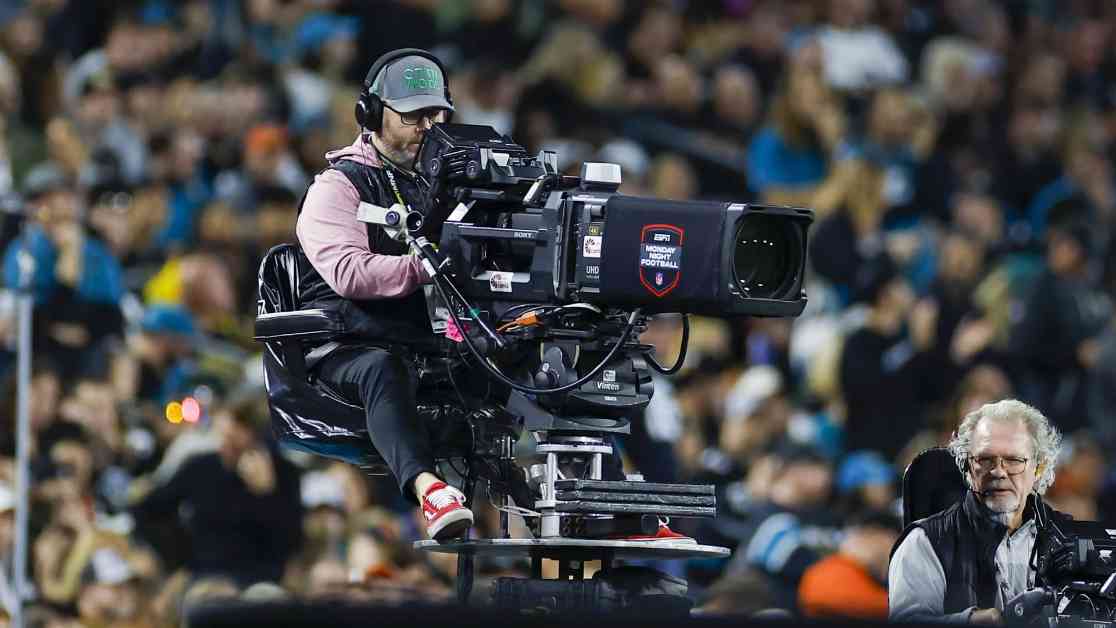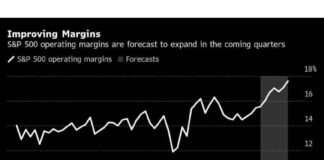In 2021, the National Football League made headlines by signing an 11-year, $111 billion media rights deal. This deal set a new standard for sports media agreements and showcased the immense value that the NFL holds in the entertainment industry. Following in the NFL’s footsteps, the National Basketball Association secured its own 11-year, $77 billion deal in July of the same year, further solidifying the importance of sports content in the media landscape.
Looking ahead, the future of sports media rights is a topic of great interest and speculation. While some major sports leagues, such as the Ultimate Fighting Championship and Formula 1, have deals expiring in 2025, many others have recently inked long-term agreements with U.S. TV networks and streaming platforms. This trend has created a sense of stability in the sports media rights market, leading to what some have dubbed as the “sports media rights doldrums.”
However, despite the current calm in the industry, there are potential storm clouds on the horizon. The NFL, for example, has the option to opt out of its existing media deals with all partners except Disney after the 2028-29 season. This decision could have far-reaching implications for the league, as well as for the media companies vying for broadcasting rights. The landscape of sports media could undergo significant changes by that time, driven by the evolving strategies of major media corporations.
Daniel Cohen, the executive vice president of global media rights consulting at Octagon, emphasized the unpredictability of the situation, stating, “There’s so much you can’t predict even two years out, never mind six.” The NFL’s potential opt-out could pave the way for a new era in sports broadcasting, with streaming giants like Apple, Amazon, and Netflix potentially entering the fray as major players in the media rights market. This shift could not only impact how much revenue leagues generate but also reshape the entire industry.
The NFL’s decision regarding its media rights partners will not only influence the balance of power in sports media but also have a significant impact on the valuation of NFL teams. As the media landscape continues to evolve, with major mergers and acquisitions taking place among media companies, the competition for sports broadcasting rights is expected to intensify. The emergence of new players in the market, along with the deep pockets of Big Tech companies, could lead to a substantial increase in the value of sports media rights deals in the future.
Neal Pilson, the founder of sports media consulting firm Pilson Communications and former CBS Sports President, highlighted the importance of the NFL’s programming in driving the value of media rights deals. He stated, “The programming is the honey. It’s all driven by the popularity of the NFL.” This popularity, combined with the shifting dynamics of the media industry, is likely to shape the future of sports broadcasting in the years to come.
The state of the traditional pay TV bundle is another factor that could impact the escalation of sports media rights deals. With a significant decline in pay TV subscribers in recent years, the future of the bundle model is uncertain. Live sports have traditionally been a key component of the pay TV bundle, helping to retain subscribers and generate revenue for content providers. However, as streaming platforms continue to gain traction, the balance of power in the media industry could shift away from traditional broadcasters.
Shirin Malkani, the co-chair of the sports industry group at Perkins Coie, pointed out the potential consequences of relying solely on streaming platforms for sports distribution. She stated, “If you put all your eggs in the streaming parties’ baskets, and if legacy media is hobbled to the point they can’t pay for media rights anymore, then you’re giving streamers a lot of market power.” This scenario could have implications for the future valuations of sports media rights and the overall structure of the industry.
Given the long-term nature of recent media rights deals in various sports leagues, there is a sense of stability in the current media ecosystem. Major leagues such as the National Hockey League, Major League Baseball, the PGA Tour, and NASCAR have all secured long-term agreements with their media partners, ensuring a consistent flow of revenue for the foreseeable future. These deals have provided a level of certainty for the leagues, media companies, and pay TV providers involved, allowing them to plan for the future with confidence.
As the sports media landscape continues to evolve, with new players entering the market and traditional broadcasters facing challenges, the future of sports media rights remains uncertain. The decisions made by major sports leagues, such as the NFL, in the coming years will have a significant impact on the industry as a whole. Whether streaming platforms will dominate the market or traditional broadcasters will maintain their stronghold remains to be seen. One thing is certain: the world of sports media rights is in for a period of significant change and transformation.






















